In the last chapter I explained to you why and how we reef. This chapter is about what to do if we did not reef soon enough and capsize with a dinghy.
There are some different possibilities of righting a capsized boat again. It often depends on the boat type and on the experience we have. Everybody has their own tricks. There is no sure formula. And again we have to inform ourselves how it works best with an unknown boat before we start to sail it. I explain the basic principle on which you can then build upon as a beginner.
If you are the owner of a dinghy you should practice capsizing and righting on a warm day or by wearing a neoprene suit. Be careful with boats that constantly lie in the water. Shells and barnacles that live at the hull might be very sharp.
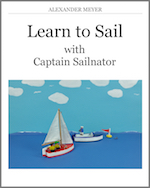 This online sailing course has also been published as ebook and paperback. For more information click here!
This online sailing course has also been published as ebook and paperback. For more information click here!
You can download the Ebook for example at:
iTunes UK & iTunes US | iBooks for iPad and Mac
Amazon.com & Amazon.co.uk | Kindle-Edition
Google Play | for Android
The paperback is available for example at:
Amazon.com | Amazon.co.uk
Our boat is capsized now. (Figure 133) For example when jibing or a squall knocked us over. If we are lucky or experienced we capsize and keep dry. We swing one leg outwards of the boat and keep on sitting on the edge of the hull. So righting a boat is no problem. But often the helmsman falls from his windward position leeward into the water. When capsizing while jibing the crew might get stuck under the mainsail. Otherwise he sometimes falls onto the sail, but more often between boom and hull.
What is the first thing we have to do after capsizing … ? Before we start righting the boat we check if all crewmembers are present and if anybody is injured. Life must come first and then we take care of the boat! Possibly one of the crewmembers is under the sail, tangled up in lines, has hit his head and is unconscious. Then his head has to be kept above the water and a distress signal has to be sent. When the boat is turned to turtle, (the mast pointing down) and we cannot find a crewmember anymore, we also have to look in the air pocket underneath the hull.
But we now assume that nobody is injured and the boat did not turn to turtle yet. The heaviest person who will be better ballast later swims to the top of the mast and prevents the mast from going under by holding it up. The other person releases all the sheets and both try to push the boat head up to wind now. After that the lighter crewmember swims around the boat to the centreboard. Let’s hope it is still showing out of its box. If not we have to get it out somehow.
Sporty sailors might be able to climb on the centreboard. If that is not possible the lighter crewmember holds on to the board. The other person is now able to release the mast without danger that the boat turns to turtle. The heavier crewmember now climbs onto the upper edge of the boat that is out of the water. He can hold on to the shrouds or sheets when climbing and use the mast as a step.
It is mostly sufficient to sit on the upper edge with a leg inwards and one outwards of the boat and stabilise it that way. (But we have to be careful with the shells that might be on the hull.) But maybe we have to climb on the centreboard already. The lighter crewmember that is still in the water is now able to let go of the centreboard and swims around the boat. He puts himself in the part of the cockpit that is under water with the head pointing to the tiller and holds on tight.
Now the heavier crewmember climbs on the centreboard facing the boat. He slowly goes backwards while still holding on to the edge of the boat with both hands. The boat will rise now (hopefully) slowly. But at a certain point the boat moves very quickly and this moment has to be used to jump into the cockpit. If that does not work out we should try not to release the boat. If possible we should try to move to the stern and climb into the cockpit. At the back the danger of another capsize again is less and we are far away from the boom and the sails.
If we got into the cockpit somehow we have to be careful that the boat does not capsize again immediately. The crewmember that was in the cockpit when raising the boat should take the tiller and steer the dinghy up head to wind if possible. That is why he should have laid down by pointing his head to the tiller. The boat is now full of water and very unstable. It has to be bailed out. Sometimes you have to use a special bucket and some boats drain the water automatically. But all that takes some time. The water often bails faster when sailing because only then the needed low pressure emerges at the self-bailers.
Now it is vitally important to prevent hypothermia. We have to sail back to the dock quickly, take a warm shower and put on dry and warm clothes.
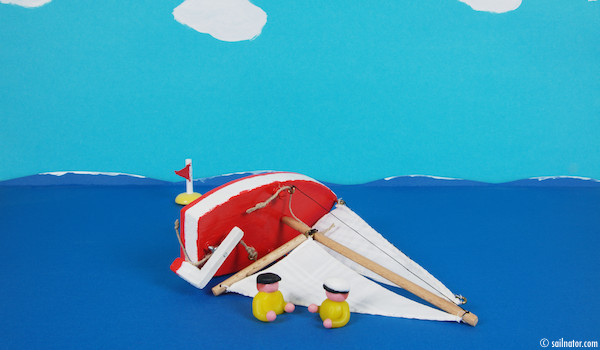
Figure 133: The boat is capsized! The crew first checks if everybody is present and nobody is injured.
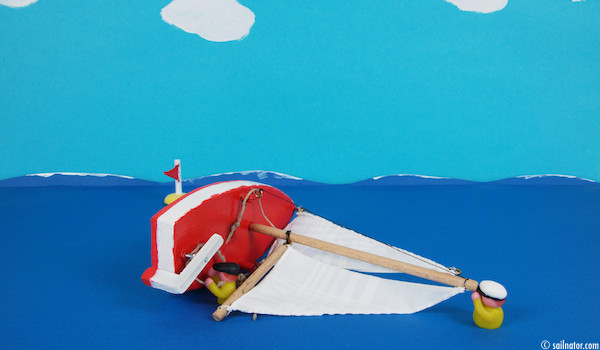
Figure 134: The heavier crewmember swims to the masthead and prevents the boat from turning to turtle. The lighter crewmember releases all the sheets.
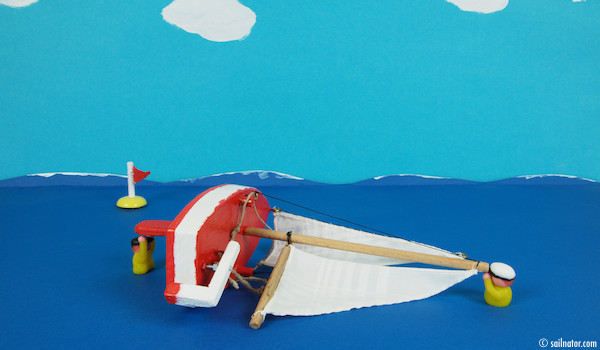
Figure 135: The lighter crewmember swims to the centreboard and holds it.
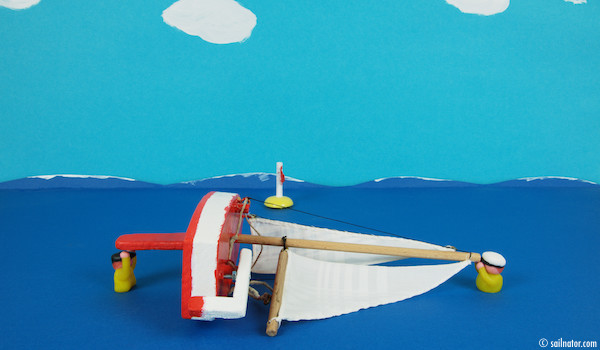
Figure 136: They turn the boat up head to wind.
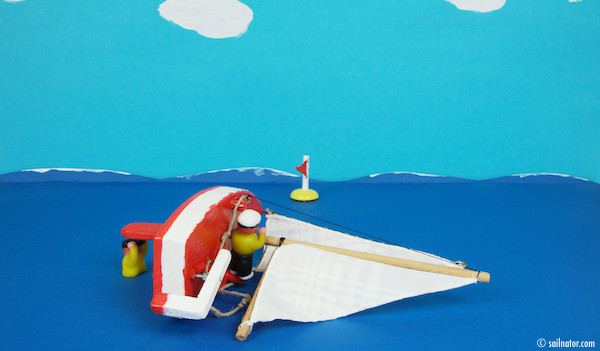
Figure 137: The heavier crewmember can release the masthead now and climbs up to the edge that stands out of the water.
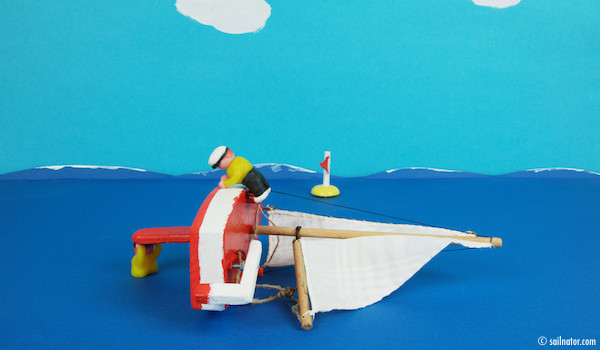
Figure 138: He climbs over the edge …
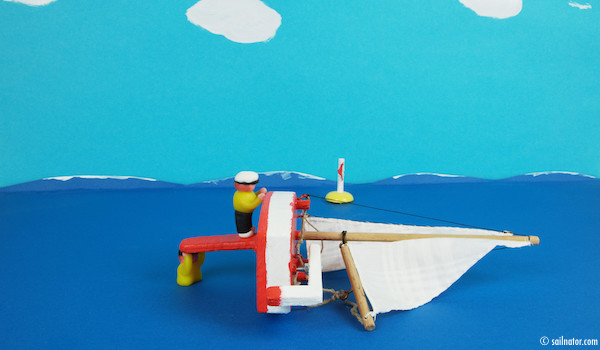
Figure 139: … onto the centreboard facing the boat. He holds the edge with both hands.
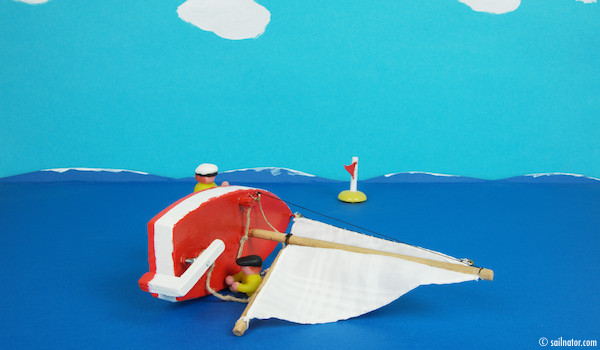
Figure 140: The lighter crewmember now releases the centreboard and swims around the boat.
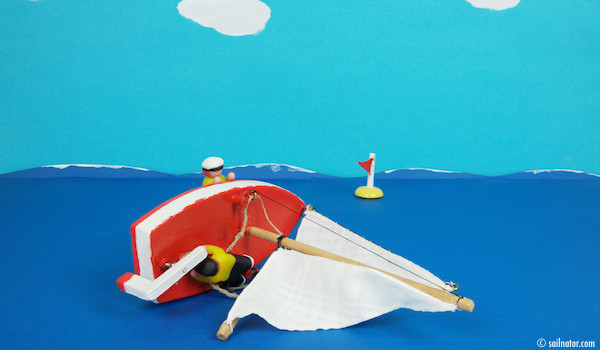
Figure 141: He lies down in the cockpit with his head to the stern.
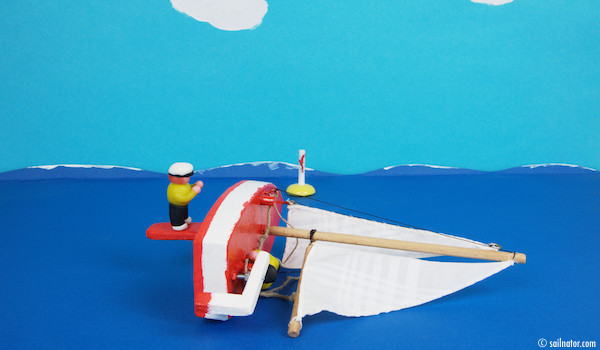
Figure 142: The heavier crewmember goes slowly backwards till the boat starts to rise.
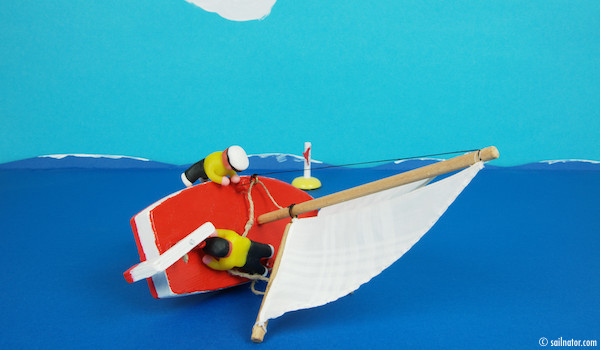
Figure 143: At a certain point the boat moves very quickly and at this moment the heavier crewmember jumps into the cockpit.
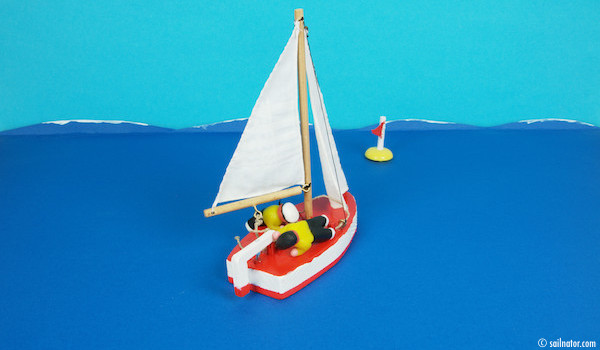
Figure 144: The boat is raised, but now there is the risk of capsizing to the opposite side. The lighter crewmember has to grab the tiller quickly now and the heavier crewmember has to stabilise the boat with his weight.
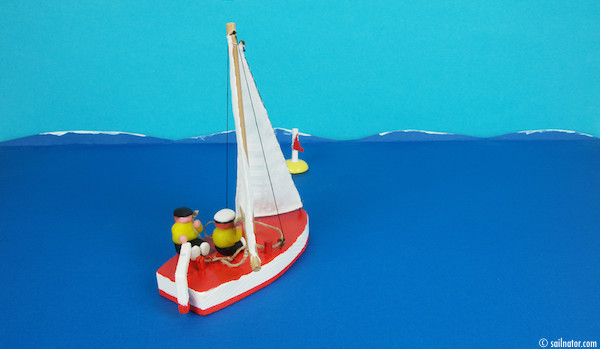
Figure 145: The helmsman bears away and the crew helps him by holding back the jib.
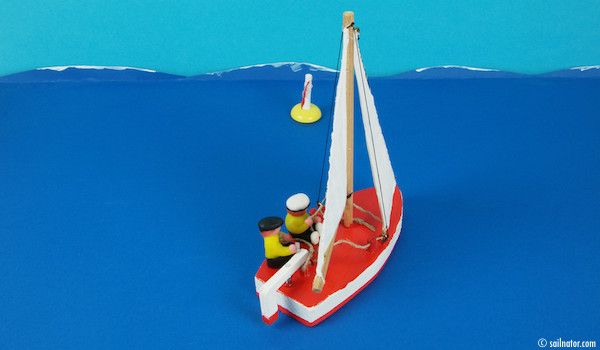
Figure 146: The boat is still full of water. The self-bailers have to be opened. They return to the dock as quickly as possible to put on dry clothes.
If the boat turned to turtle we can only hope that the centreboard did not fall back into its box. Otherwise a crewmember has to dive under the boat and try to push it out by pulling the lines. He can just release all sheets. The boat should then be turned up head to wind too. A crewmember now climbs on the hull and hangs himself on the centreboard. Often the boat can be raised if the second member hangs on the first one. If that does not work out we can try to get the sheet of one side and hang ourselves on the other side. Otherwise we need the assistance of a powerboat.
We should call for help early enough before getting absolutely exhausted and hypothermic. We should never swim away from the boat! We will get found there more easily and the distance to the shore is often underestimated. As a distress signal we wave a red flag or a well visible object in a circle. Otherwise we outstretch both arms, lifting and lowering them over the head at the same time. Ask for the distress signals that are used in your area.
When the boat is raised there is the risk that the boat capsizes to the opposite side. Or it sails away by itself. So never lose contact to the boat. In most cases it is sufficient to raise the boat till the mast comes out of the water. Then we use the same method that I explained before. It depends on the boat type and we have to inform ourselves about everything in advance.
That was my beginners’ sailing course. I have now explained all the important sailing manoeuvres to you that you will probably learn in your practical sailing course. I hope that I have prepared you well for it. Recommend my book to your classmates. It is available as an ebook on Amazon, iTunes and Google Play and as paperback on Amazon.
At the end I have to give an important piece of advice: This book is no “do it yourself” manual to learn to sail! As a beginner please never sail without an experienced person on board or under the supervision of a sailing instructor. Thank you very much!
I wish you a lot of fun with your new hobby and always fair winds!
Your Captain Sailnator
← Last chapter | Nautical knots →
All chapters: Technical Terms | The theory behind sailing |Close-hauled | Beam reach | Broad reach | Sailing downwind | Tacking | Beating | Quick-turn | Sailing up head to wind | Man overboard | Jibing | Heaving-to | Leaving the dock | Berthing | Rules of the road 1 | Rules of the road 2 | Rules of the road 3 | Reefing | Capsizing